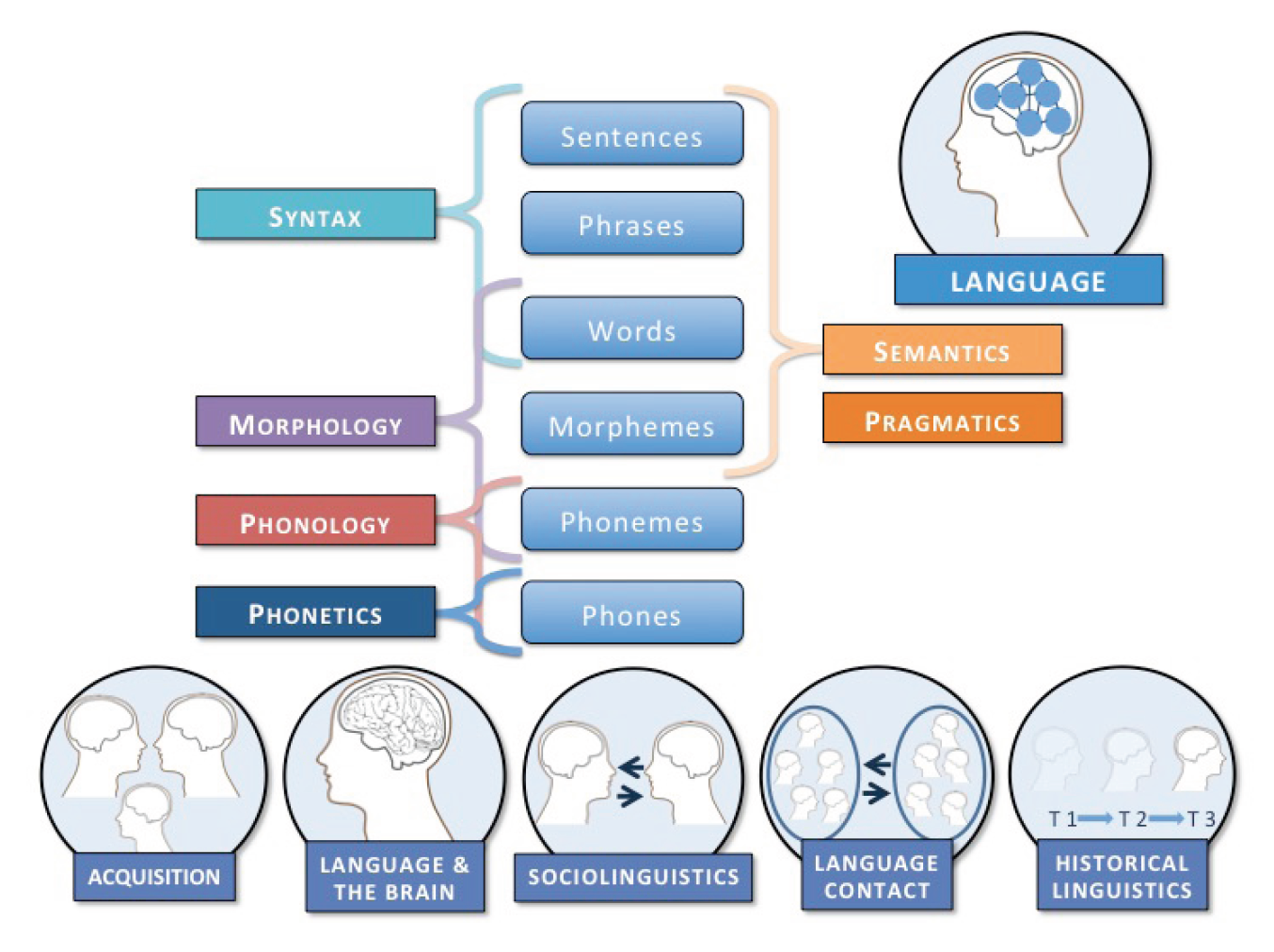 My SoTL journey began in earnest when I undertook to design an online version of the Linguistics Program’s introductory course. I’d taught the same course onsite several times, but had never taught online; so I relished the challenge of translating the successful aspects of the onsite version, leveraging the unique learning opportunities of a virtual classroom, and regularly assessing the fruits of my labor against evidence-based frameworks such as that of Riggs and Linder (2016).
My SoTL journey began in earnest when I undertook to design an online version of the Linguistics Program’s introductory course. I’d taught the same course onsite several times, but had never taught online; so I relished the challenge of translating the successful aspects of the onsite version, leveraging the unique learning opportunities of a virtual classroom, and regularly assessing the fruits of my labor against evidence-based frameworks such as that of Riggs and Linder (2016).
This introductory course requires students to learn and apply an array of analytical techniques intended to uncover insights about language, at all levels of its structure. Students regularly demonstrate their progress in the form of weekly homework assignments. In teaching both onsite and online, I have come to appreciate how one early homework assignment in particular functions as a bottleneck: students are required to rigorously analyze linguistic data–in other words, to “think like a linguist” for the first time–and they display a range of abilities in doing so (Middendorf & Shopkow, 2017). Performance on the assignment typically falls below that of the preceding one, and student motivation and confidence can consequently take a hit.

Seeing such effects exacerbated online, my aim in this research project has been to explore how I might better scaffold the student experience as they work towards tackling this assignment. In the spring of 2018 I taught two sections of the course. This has made it possible for me to experiment with implementing two distinct strategies to address the bottleneck, one in each course, and gather evidence of impact. The first involved practice work. The second involved personal consultations (following McGrath, 2014). To evaluate the effectiveness of these approaches, I have analyzed students’ written reflections, tracked their performance, and also looked for evidence of impact on subsequent work.
“I may think [that] the worked example and problem are essentially the same, but have discovered that I underestimate how challenging it is for students.”
In reading my students’ reflections, I realize how challenging it can be for a novice to transition from a worked example, even a good one, to working through a problem on their own. There needs to be some difference between the example and the assigned work so that students are challenged to solve something new. This is sometimes referred to as “desirable difficulty” (Bjork & Bjork, 2011). But if there is too great a difference between the example and the assignment it can be very difficult for students to make the transition. For example, the first step in linguistic analysis is to look for patterns in the speech data. How narrowly or broadly one should define the pattern depends on the specific set of data. As an expert, I may think that the worked example and the problem are essentially the same, but I have discovered that I underestimate how challenging it is for students to select the most appropriate constructs (labels, concepts) to apply during their analysis.
Based on these findings I have increased the level of scaffolding I provide, such as tips that anticipate potential problem areas. I am also making more of an effort to reinforce the position of a linguist’s analytical approach to speech as data, within the larger context of why language is important to the human experience. So far I have seen a difference in the quality of students’ work, and they are expressing more confidence in their reflections.
References:
Bjork, E. L., & Bjork, R. A. (2011). Making things hard on yourself, but in a good way: Creating desirable difficulties to enhance learning. In M. A. Gernsbacher, R. W. Pew, L. M. Hough, & J. R. Pomerantz (Eds.), Psychology and the real world: Essays illustrating fundamental contributions to society (pp. 56-64). New York, NY: Worth Publishers.
McGrath, April L. (2014). Just checking in: The effect of an office hour meeting and learning reflection in an introductory statistics course. Teaching of Psychology, 41(1), 83-87.
Middendorf, J. & Shopkow, L. (2017). Overcoming student learning bottlenecks: Decode the critical thinking of your discipline. Sterling, VA: Stylus.
Riggs, S. A., & Linder, K. E. (2016). Actively engaging students in asynchronous online classes. Manhattan, KS: IDEA Center, Inc.
